
Most commercial broiler farms utilize an evaporative system to provide cooling during hot weather. Although there is no substitute for regular maintenance and cleaning, choosing the right system can reduce repairs. In part one, we compare Hog Slat’s trough design and features against competitive brands.
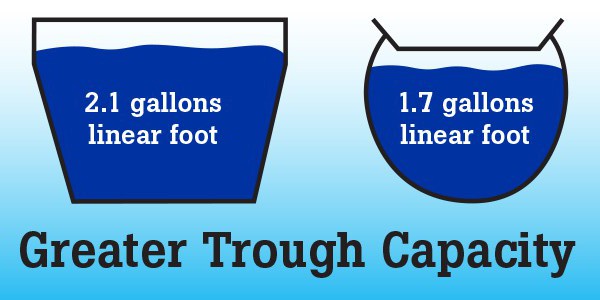
Hog Slat’s Evap System features a square trough to increase the water reservoir by over 24% when compared to 8″ PVC pipe. This extra capacity allows water draining from the pads to be collected for re-circulation without overflowing. In a typical 80′ system this adds up to 168 gallons compared to only 128 gallons for an 8″ diameter PVC trough.
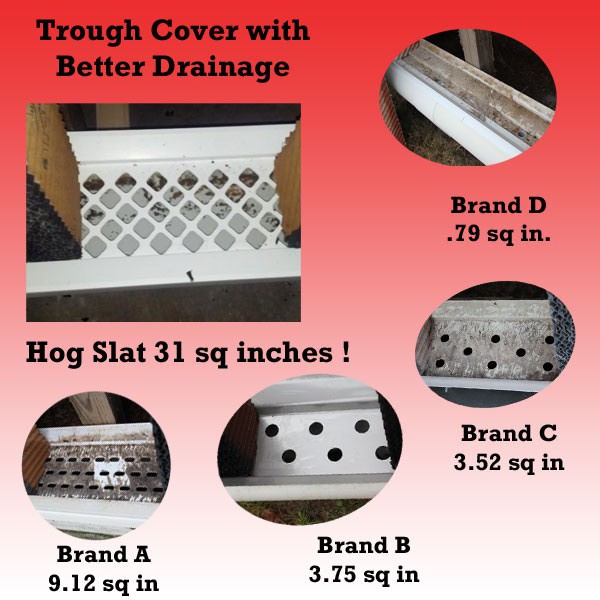
The Hog Slat trough cover is designed with more inches of open area to permit faster drainage away from the bottom of the pads. If the pad bottoms remain saturated, they can get soft and in extreme cases sag and fall out of the system. We show a comparison of the amount of open area per linear foot of trough.
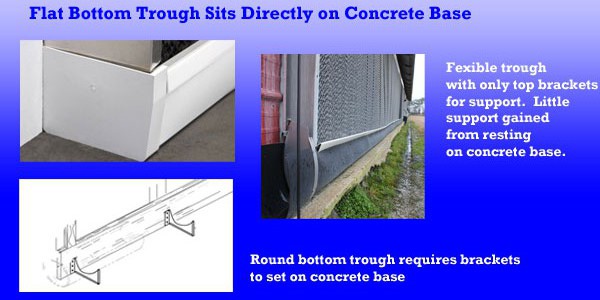
The most secure method for supporting the trough is to place the bottom directly on a concrete base. This type of installation eliminates the need for support brackets. The flat bottom of the Evap System sits directly on a concrete pad without additional supports.
Troughs with round bottoms such as a pipe or U-shaped troughs require the use brackets to hold them on the concrete. The bottom doesn’t sit directly on the concrete, with damage to the trough resulting from the brackets cutting into the plastic.
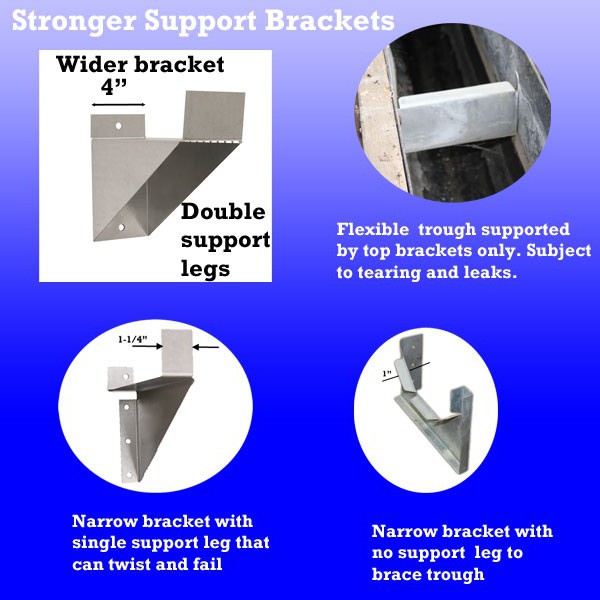
For installation requiring brackets, the Hog Slat design provides better support. The heavy Bi-Fold bracket is a full four inches wide and spreads the bearing load over a greater area compared to narrow brackets. The bracket also features two support legs instead of one to prevent twisting.
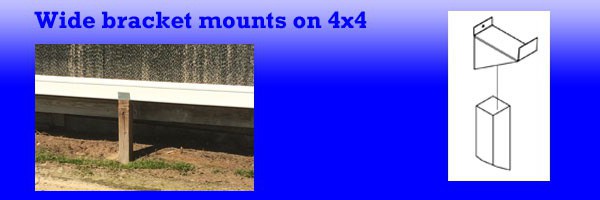
Hog Slat’s wide 4″ bracket allows mounting on a 4×4 post when building framing lumber is not available or system is installed away from the building.
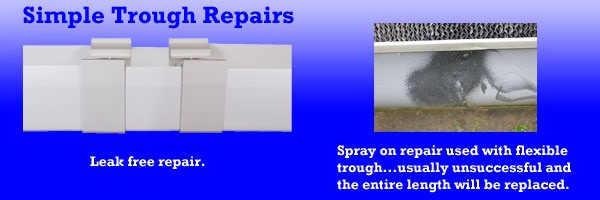
Trough repairs are simple and leak free by using two couplers. Repairs to round bottom trough are time-consuming and often results in leaks.












 Україна
Україна Méjico
Méjico


